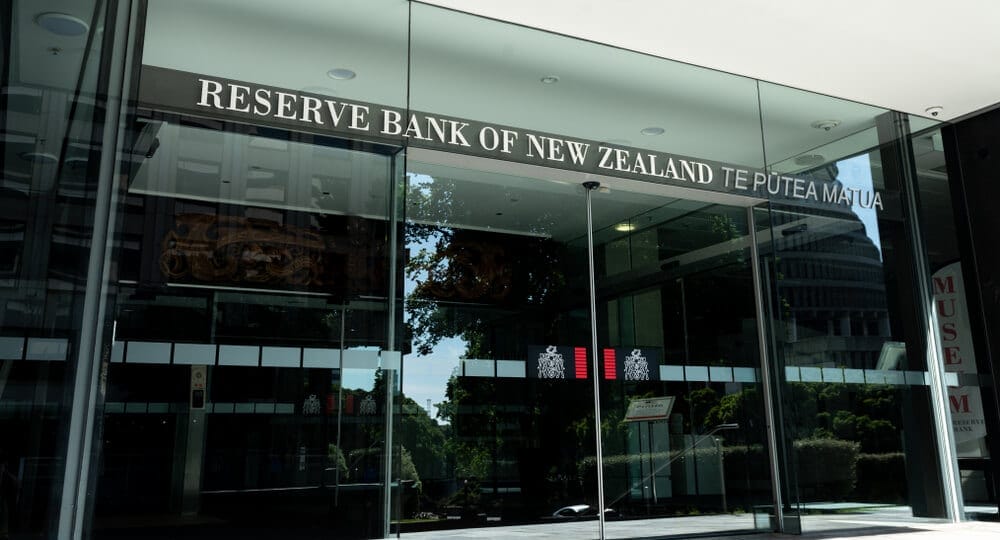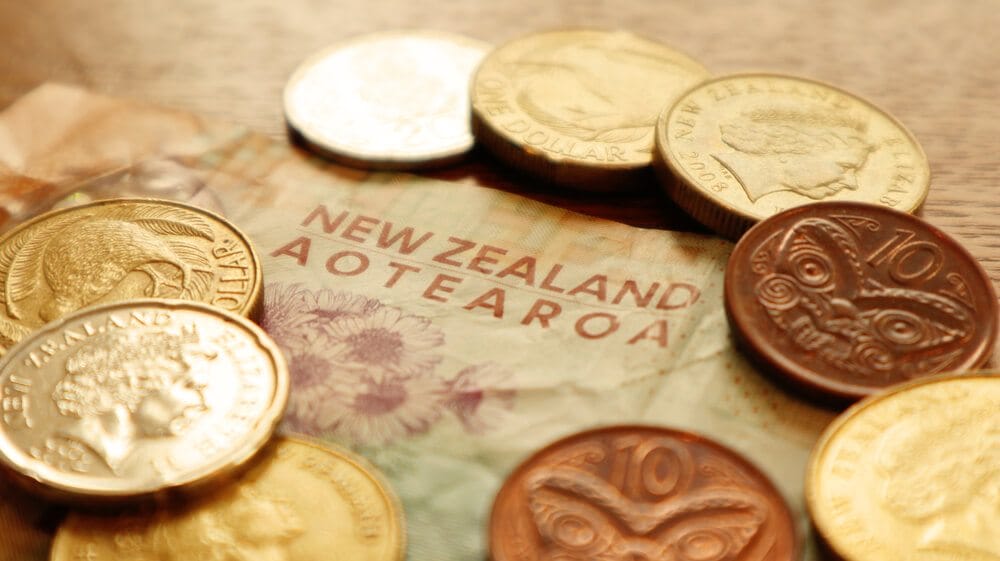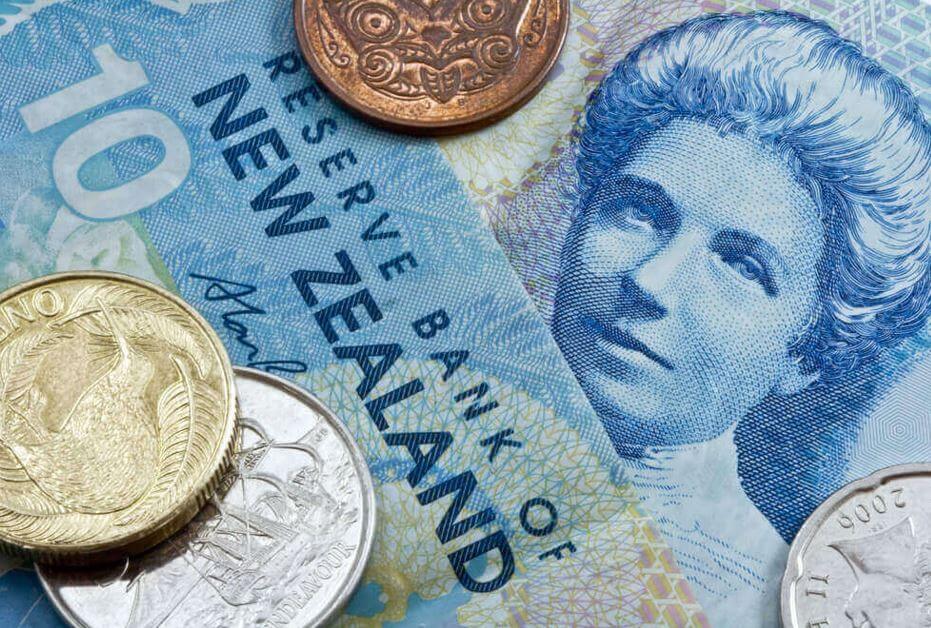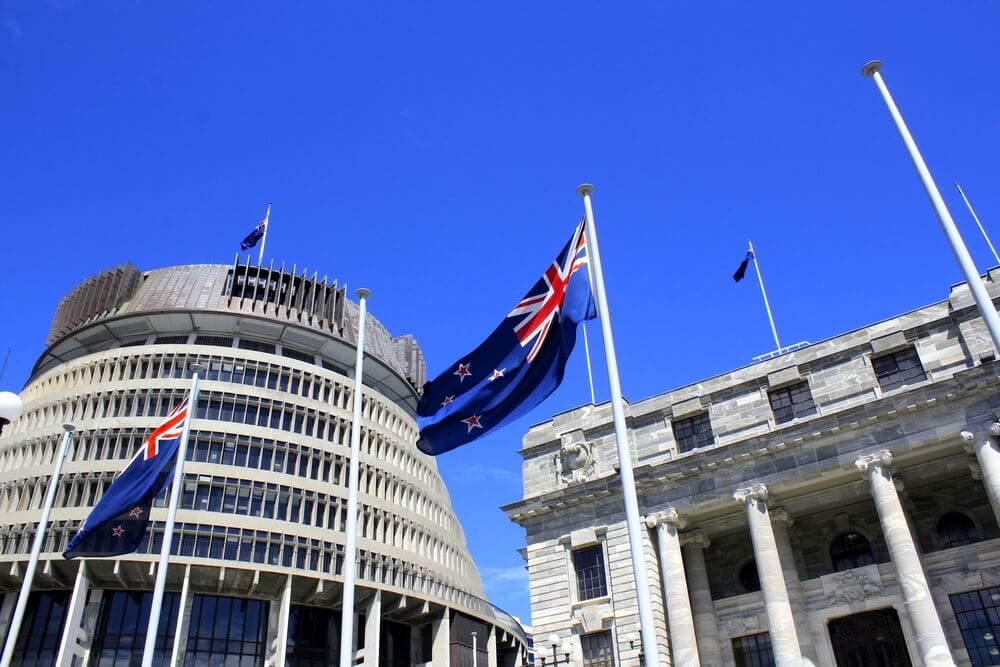The Reserve Bank of New Zealand serves as New Zealand’s primary financial institution. It was founded in that year, and the Reserve Bank of New Zealand Act 1989 serves as the law that governs its formation. The Reserve Bank governor is accountable for the management of New Zealand’s currency as well as the country’s overall monetary policy.
The structure of a management hierarchy governs the daily operations of the bank’s staff members. The Reserve Bank of New Zealand does not make its services available to the general public, nor does it provide deposit insurance. Instead, visitors to the Reserve Bank of New Zealand’s website are directed to other financial institutions.
Historical Events That Created the RBNZ
Since it was first created, the Reserve Bank of New Zealand has consistently performed an essential function throughout the entirety of New Zealand’s history. Let’s take a look at some of the significant events that took place throughout the years that contributed to the establishment of the central bank that we are familiar with today. This is how they break down:
In the 1930s
The first banknote was issued on August 1, 1934, and it was signed by Leslie Lefeaux, who was serving as the first Governor of the Reserve Bank at the time. Due to the fact that they were hastily produced in the midst of a heated dispute over the appropriate appearance of banknotes, these initial banknotes were only ever intended to be used temporarily. In the end, they decided to incorporate elements that were previously present on banknotes that were already in circulation.
These elements included a Kiwi, the Arms of New Zealand, a drawing of Mitre Peak, and a picture of Ruler Twhaio, who was the second Mori king. The first banknotes had colors that were comparable to those of the banknotes that had been used in commerce before. There was just one design used for all of the notes, however, each denomination was identified by a unique color. Orange, mauve, blue-green, and crimson were the colors assigned to notes denoting ten shillings, one pound, five pounds, and fifty pounds, respectively.
In the 1940s
On February 6, 1940, the second series was released to the public. The design and colors of the banknotes worth 10 pence and fifty pounds have been updated. The image of King Tawhiao was replaced by a depiction of Captain James Cook. At the same time, the green-colored £10 banknote was issued for the first time. These banknotes continued to be used until the switch to decimal currency in 1967 when it was implemented.
In the 1960s
The government made the decision to switch to decimal currency in 1963, and July 10, 1967, was chosen as the day for the transition, which was given the name “Decimal Currency” (DC) day. There were open debates held in the community on the potential name for the new decimal currency. It was suggested that we use words like “kiwi” and “zeal” instead of the word “dollar,” which the majority of people at the time connected with the currency of the United States.
On July 10, 1967, New Zealand became the first country in the world to use the decimal currency. The transition from imperial money to the new system needed a significant amount of labor and preparation, as well as an extensive public relations effort. The principles were introduced to viewers of New Zealand television through a series of advertisements. On July 10, 1967, issues of the third series were made available. On the front of each of these notes was a portrait of Her Majesty Queen Elizabeth II.
In the 1980s
The transition to a new printer in 1981 resulted in a major part in the publication of the fourth series. Thomas De La Rue and Company of London was the company that had been printing our banknotes in the past. 1979 was the year when we solicited bids from multinational companies for the note order for the next year. The contract was awarded to Bradbury Wilkinson and Company (NZ) Ltd., who at the time had just finished constructing a banknote printing operation in Whangarei.
Because new printing plates had to be engraved after switching printers, the chance to redesign the banknotes was presented to the government. The most noticeable alteration was the addition of a more recent image of the Queen. It became apparent in the 1980s that a new banknote was required between the $20 and the $100, and by the end of 1983, a $50 banknote was released to fill this gap.
In the 1990s
Around the middle of 1991, we made the decision to fully redesign the look of New Zealand banknotes, including all of their components. This was the first time the entire system had been redesigned from scratch in the 24 years since decimal money was first used. Following extensive engagement with the general population, we unveiled a brand-new series of banknotes with designs that are uniquely kiwi.
1999 saw the release of our sixth series of banknotes overall. This was the first time that they were printed on polymer, which not only made them more durable but also made it possible to add window cutouts for increased safety. The pictures and overall designs of the new series remained the same as those of Series 5, with the exception of some minor adjustments to integrate window safety measures.
The seventh series was published in 2015 and is still available for purchase at this time. The graphics and overall designs are identical to those of Series 6, and it has the same number of designs, but it has several high-tech changes to the security measures.
Role of the Reserve Bank of New Zealand
The majority of us, in all honesty, have no idea how significant of a part these various financial institutions play in the global economy. They are accountable for the state of the economy in their respective countries, and the people depend on them to avoid bringing about default or an economic slump in their nation so that the country does not fall into default. In a similar fashion, the Reserve Bank of New Zealand plays an important part in the present state of the economy in New Zealand and the rest of the country. The following factors are responsible for this result:
Inflation Control
Inflation is a major crisis that takes over several countries like a disease. It is just like the COVID-19 virus as it doesn’t stop in just one country, it takes over several countries altogether. As always like in the past, whenever inflation took over a single country, most of the countries in the vicinity were impacted as well. This is because inflation occurs due to a major economic crisis. This type of crisis usually impacts more than one country simply because it has no choice. Trade routes are impacted and international flights become at a stand-still. A rate of inflation that is both low and stable is necessary for an economy to be considered healthy.
The annual percentage increase in general prices that should be allowed in New Zealand is predetermined by the government as the maximum allowable increase. The Reserve Bank of New Zealand is responsible for ensuring that inflation remains within the desired range. It would be beneficial to have a little bit of inflation. However, rates of inflation that are both high and erratic can be destructive. When prices are difficult to foresee, it is difficult for individuals to plan how much money they can spend, save, or invest in the future. In the worst-case scenario, severe and fluctuating inflation can bring about the collapse of an economy.
Monetary Policies
The Reserve Bank of New Zealand consistently releases monetary policies in accordance with the current financial situation in the country. The Monetary Policy Committee (MPC), which consists of nine members, is responsible for determining the policy regarding interest rates. The Governor of the Reserve Bank of New Zealand maintains control over the Monetary Policy Committee (MPC), which is a position held by a member of the public who is also employed by the Reserve Bank of New Zealand in a professional capacity. In addition to the Reserve Bank of New Zealand’s top economist, the committee is comprised of the three deputy governors responsible for monetary policy, financial stability, and markets and policy respectively.
The Chancellor of the Exchequer is an important figure who is comparable to the Secretary of the Treasury in the United States and is the one who makes the appointments for the remaining four members of the committee. The Monetary Policy Committee gets together on a regular basis (eight times a year) to discuss whether or not the monetary policy should be altered in order to fulfill the inflation target set by the government. Every person on the committee has one vote, and reaching a decision that everyone agrees on is not necessary. The Reserve Bank of New Zealand is responsible for adjusting the bank rate which is also often known as the rate that is charged to domestic banks.
Economical Information
One of the best places to get information about the economic situation of any given country is from the central bank controlling the economic decisions of the country. This is because they are the ones making these decisions so you can only get the most accurate information from them. We really recommend you avoid getting this information from magazines and other non-financial sites as they usually twist the words to exaggerate them for views and ratings. They are not a reliable source of information. Almost all central banks have a press release section where they release this information and it would be best to check this section regularly in order to be up to date on the economic situation of the country. If your central bank does not give out this information on their website it would be best to reach out to them to see where would be the best place to receive it instead.
How the RBNZ Impacts the New Zealand Dollar Market
The markets for the New Zealand dollar are very susceptible to the effects of any significant announcements, declarations, or updates made by the Reserve Bank of New Zealand. And this has been observed to take place on a number of different instances. When the Reserve Bank of New Zealand (RBNZ) announces a significant development, the markets for the New Zealand dollar almost always react negatively or positively, respectively. The following is a list of some of the most vital information that can be obtained from the Reserve Bank of New Zealand:
Member Speeches
The Reserve Bank of New Zealand delivers speeches at least twice a week. This is to inform the public about the present state of the financial system and how the RBNZ intends to participate in the discussion. Although each speech might be significant since you never know what will be disclosed, the president, chairman, and governors’ remarks are more essential than the others. It should be observed, however, that these powerful people rarely divulge any significant financial data that may help us navigate the financial world. They want to remain neutral unless it is in the best interests of the country not to. These member remarks are critical in deciding the New Zealand Dollar’s market movement. If an RBNZ member speech is on your economic calendar, you should play your cards carefully.
Interest Rate Decisions
The Reserve Bank of New Zealand’s interest rates is updated on a regular basis. This is especially true if the country is experiencing a severe economic crisis. You should be aware that every bank works hard to maintain interest rates as low as possible. This is done to keep the economy from entering a slump. However, there are times when the bank is forced to raise its interest rates. This is especially true when the country is experiencing severe inflation.
In such a scenario, the bank has little alternative but to raise interest rates in order to contain inflation. When the Reserve Bank of New Zealand announces its interest rate decision, the New Zealand Dollar markets become quite turbulent. This is in anticipation of the next ruling. However, once a choice is made, the market may be quite volatile. If the interest rate decision was favorable, the New Zealand Dollar might enter bullish markets. If it was negative, the New Zealand Dollar may enter bearish markets.
Statistical Releases
Aside from its regular releases of comments and monetary decisions, the Reserve Bank of New Zealand also publishes statistical data on occasion. This is really helpful in keeping a trustworthy connection with its stakeholders, in my opinion. Without the statistical evidence, we would have to accept what they say in their speeches, as well as their reasons for altering their monetary policies. This statistical data truly puts money where their mouth is, allowing us to understand why each event arose and what the Reserve Bank of New Zealand did to influence the situation. If the RBNZ’s statistics data shows a good scenario, the NZD markets will most likely be bullish and in bullish markets. However, if no press release is available. The markets will correct themselves based on their weight.
Check how the top central banks in the world are dominating the forex market.
Forex signals are a great way to get profitable trades, even if you don’t know how to analyze chart patterns yet. Expert analysts will provide you with appropriate risk management strategies, so you don’t make the top forex mistakes like every trader. Don’t trade all the time. Trade only at the best trade set up with Forex GDP.




